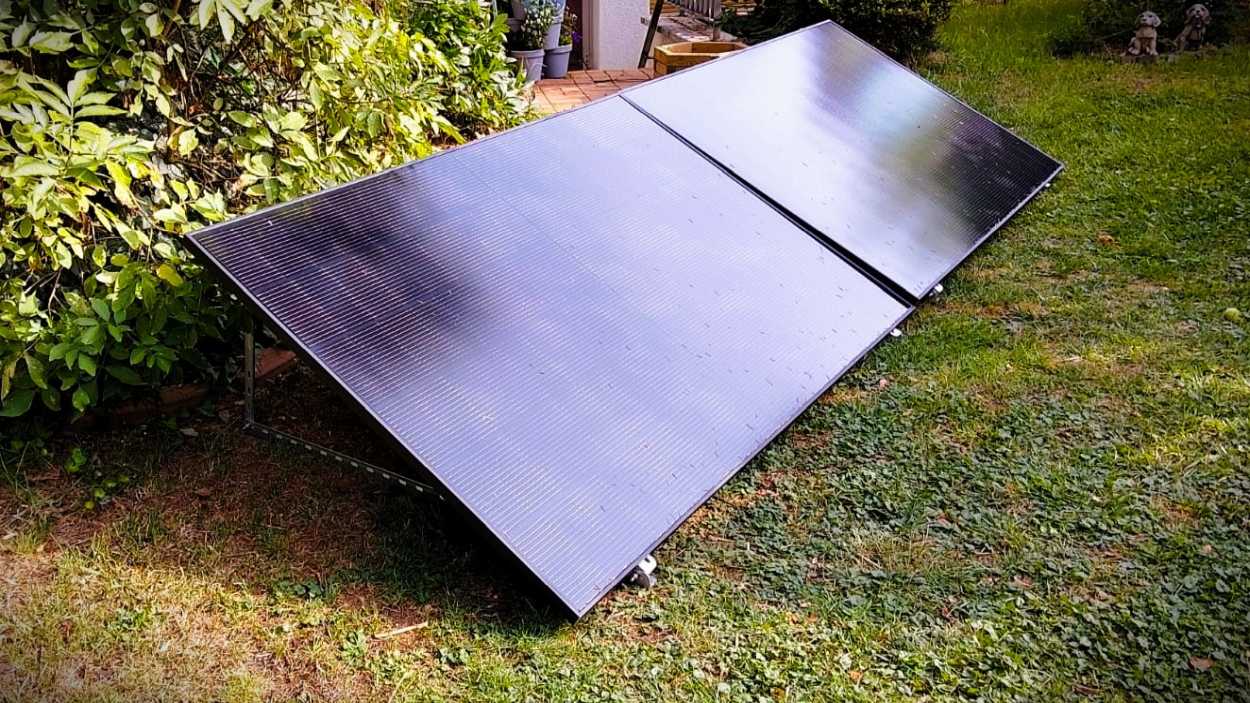
Harnessing solar energy is an excellent way to reduce your carbon footprint and lower your energy bills. With advancements in solar technology, it’s now easier than ever to set up solar panels on your balcony. However, maximizing the efficiency of these panels requires more than just installation. In this guide, you’ll learn about the best practices for positioning, cleaning, and adjusting your balcony solar panels throughout the year.
Why Balcony Solar Setups Are Ideal
Solar panels aren’t just for rooftops or expansive properties anymore. Balcony solar setups offer several advantages for urban dwellers or those without large outdoor spaces:
1. Accessibility
Having your solar panels on the balcony makes them easily accessible for maintenance. Unlike rooftop setups that might require professional help for cleaning or inspection, you can quickly tend to your panels without leaving your apartment.
2. Space Efficiency
Balconies provide just enough space for a small-scale solar power system. This setup is perfect for apartments or small homes where rooftop installation may not be feasible. With the right positioning, even a small balcony can generate a significant amount of energy.
3. Renewable Energy in Cities
For city residents, balcony solar panels are a way to tap into renewable energy without needing a large plot of land. Even in highly populated urban areas, you can make a positive environmental impact with the energy generated by your setup.
Best Practices for Maximizing Solar Panel Efficiency
Getting the most out of your balcony solar panels involves thoughtful installation and regular maintenance. Here are the key factors to consider:
1. Panel Positioning: The Key to Sun Exposure
Positioning your solar panels correctly is crucial for ensuring they receive the maximum amount of sunlight. Even small adjustments can make a significant difference in energy generation.
a. South-Facing Direction
In the northern hemisphere, solar panels should ideally face south to capture the most sunlight throughout the day. If a direct south-facing orientation isn’t possible, consider facing them southeast or southwest, as this will still allow for considerable sunlight exposure.
b. Optimal Angle
The angle of your panels is just as important as their direction. Aim to set your panels at an angle that matches your latitude. For example, if you live at a latitude of 30 degrees, positioning the panels at a 30-degree angle will maximize sunlight exposure. Adjustable mounting brackets are a great solution if you want to change the angle throughout the year.
c. Avoiding Shade
Ensure that your solar panels are placed where they won’t be shaded by buildings, trees, or even your balcony railing. Shadows can dramatically decrease the efficiency of your system, so aim to place the panels as high as possible while maintaining a safe and secure setup.
2. Seasonal Adjustments: Adapting to Changing Sunlight
The sun’s position in the sky changes with the seasons, meaning that the ideal setup for summer may not be as effective in winter.
a. Summer Setup
In summer, the sun is higher in the sky, so a flatter angle for your solar panels is preferable. You may want to reduce the tilt of your panels to around 15 degrees, depending on your location.
b. Winter Setup
During winter, the sun is lower in the sky, so your panels should be tilted at a steeper angle to capture more sunlight. Increasing the tilt to around 45 degrees can make a noticeable difference in energy output.
c. Monitoring and Adjusting
It’s beneficial to monitor your energy production and make adjustments throughout the year. Many modern inverters and solar setups come with apps or systems that track energy generation, allowing you to identify the best configuration for each season.
3. Cleaning and Maintenance: Keeping Panels Efficient
Dust, dirt, bird droppings, and other debris can accumulate on your solar panels, reducing their efficiency. Regular cleaning is essential to ensure your panels are operating at peak performance.
a. Cleaning Frequency
Generally, you should clean your solar panels every three to six months. However, if you live in an area with a lot of dust or pollution, you may need to clean them more frequently. Balcony setups are advantageous because you can easily access the panels for regular maintenance.
b. How to Clean Solar Panels
Use a soft cloth, sponge, or squeegee along with water to clean your panels. Avoid harsh chemicals or abrasive materials that could damage the glass surface. If water alone doesn’t do the trick, you can add a small amount of soap to help remove stubborn grime.
c. Weather Considerations
Be mindful of the weather when cleaning your panels. Avoid cleaning them during hot, sunny days, as the water may evaporate too quickly and leave streaks. Early morning or late afternoon is the best time for cleaning.
4. Investing in Quality Panels and Inverters
Not all solar panels are created equal. The quality of your panels and the inverter you choose can significantly affect how much energy you generate.
a. High-Efficiency Panels
Opt for high-efficiency solar panels, which are designed to convert a higher percentage of sunlight into electricity. Monocrystalline panels, for example, are often more efficient than polycrystalline panels, though they come at a higher cost.
b. Microinverters vs. String Inverters
If your balcony receives partial shading during the day, microinverters may be a better choice than traditional string inverters. Microinverters allow each panel to operate independently, ensuring that one shaded panel doesn’t drag down the efficiency of the entire system.
c. Durability and Warranty
Look for panels that come with a long warranty, typically 25 years, to ensure you are covered in the event of any defects or damage. Higher-quality panels and inverters tend to have better durability, meaning they’ll likely last longer and require less maintenance.
5. Monitoring Energy Production
Tracking your energy production is crucial for identifying any issues and making necessary adjustments. Many solar setups come with built-in monitoring systems or apps that provide real-time data on how much energy your panels are producing.
a. Identifying Issues
A sudden drop in energy production could indicate a problem with your setup, such as shading, dirt accumulation, or an issue with your inverter. Regular monitoring will help you catch these issues early.
b. Maximizing ROI
By keeping track of your energy production, you can optimize your solar setup to ensure you’re getting the best return on investment. Small adjustments to panel positioning, tilt, or cleaning frequency can lead to significant energy savings over time.
6. Battery Storage: Store Excess Energy
To maximize the efficiency of your solar setup, consider investing in a battery storage system. This allows you to store excess energy generated during the day and use it during the evening when your panels aren’t producing electricity.
a. Lithium-Ion Batteries
Lithium-ion batteries are the most popular choice for residential solar setups due to their long lifespan and high efficiency. They allow you to make the most of your solar energy, reducing your reliance on the grid.
b. Time-of-Use Rates
Many energy providers offer time-of-use rates, where electricity costs more during peak hours. By storing solar energy in a battery, you can use it during these expensive periods and save on your electricity bill.
Conclusion
Maximizing the efficiency of your balcony solar panels requires attention to detail and ongoing maintenance. By positioning your panels correctly, adjusting for seasonal changes, and keeping them clean, you can significantly boost your energy production. Additionally, investing in high-quality panels, monitoring your system’s performance, and considering battery storage will further optimize your setup. With these best practices, your balcony solar system can be a powerful, efficient source of renewable energy.












